Welcome to Mr. Jinous Blog Eye and Vision It is a great blessing for a human being If a human loses one of these things, he will not be able to see anything in the world. Eyes are healthy, eyes are our place, through which we can see, If both our eye and vision are healthy, we can go anywhere in the world, and enjoy the world. If possible, we will learn everything about how to protect the eye and vision and how to improve them. Let’s move forward in this post.
Introduction to Eye and Vision:
The natural eye is a surprising and mind boggling organ that allows us to see and comprehend what we find on the planet. The cycle by which light is recognized and changed over into brain flags that are shipped off the mind for understanding and perception is called vision.
The eye is a complex and especially specific organ that contains various plans, including:
Cornea: the straightforward external layer
Iris: the hued part that controls light section
Understudy: the initial that directs light section
Focal point: the adaptable construction that shines light
Retina: the deepest layer that identifies light and converts it into brain signals
Optic nerve: the structure that looks like a cable and sends signals to the brain
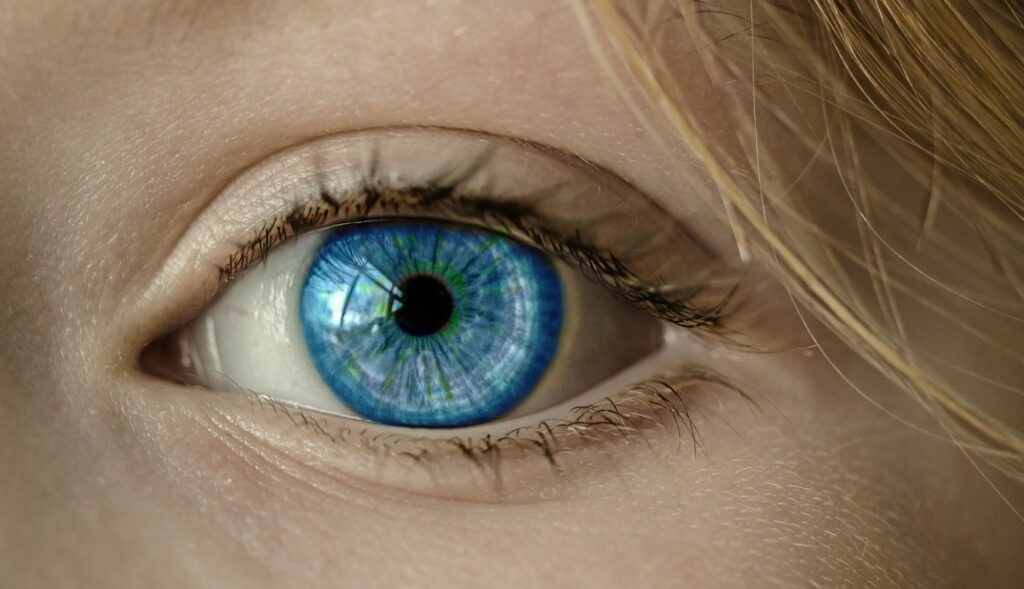
The eye and vision framework is able to do:
Identifying light and variety
Zeroing in on objects at different distances
Seeing profundity and aspect
following motion and movement
Adapting to changes in light and darkness
The entrancing universe of the eye and vision, including the eye’s life systems and physiology, vision problems and illnesses, and the latest improvements in eye care and vision remedies, will be the subject of our examination in this part.
Eye and vision
How about we dive into the interesting universe of eye wellbeing and vision?
Eye and Vision Diaries:
Eye and Vision is an open-access, peer-inspected diary that examines a great many subjects connected with optometry and ophthalmology. It welcomes research articles, reviews, case reports, and perspectives associated with eye disorders, indicative methodologies, and cautious treatments, and that is only the start.
Recent articles on keratoconus, artificial intelligence, intraocular lenses, and corneal cross-linking can be found in the journal’s Articles section if you are interested in reading them.
About Vision:
All About Vision is an exhaustive asset for eye care data. It gives direction on eye wellbeing, sustenance, LASIK, contact focal points, and different eye issues and medicines.
Whether you’re interested in keeping up with solid vision or looking for counsel on unambiguous eye conditions, this charitable association offers significant experiences.
Keep in mind, standard eye check-ups, a decent eating regimen, and defensive measures (like wearing shades) add to maintaining great eye wellbeing. Assuming you have particular inquiries or need additional data, go ahead and inquire!
Tell me more about common eye conditions.
How about we investigate some normal eye conditions:
Eyestrain:
It occurs when you abuse your eyes (e.g., perusing for quite a long time, dealing with a PC, or driving significant distances).
If your eyes feel tired, rest them. Counsel a specialist on the off chance that the inconvenience persists.
Red Eyes:
bloodshot appearance because of aggravated or contaminated veins on the eye surface.
Causes include eye fatigue, late evenings, absence of rest, sensitivities, or wounds.
Redness that doesn’t go away could be a sign of conjunctivitis or sun damage.
Night vision impairment:
Difficulty finding in low light, particularly while driving.
caused by keratoconus, cataracts, vitamin A deficiency, or nearsightedness.
Some cases are innate or connected with retinal degeneration.
Amblyopia: Lazy eye
One eye doesn’t grow as expected, prompting more fragile vision.
Immediate treatment is urgent for babies and youngsters to forestall deep rooted vision issues.
Corrective glasses, contact focal points, and fixing can help.
Nystagmus and Cross Eyes (Strabismus):
When looking at something, the eyes are not aligned.
Strabismus can affect eye coordination.
In nystagmus, the eyes move out of control.
Consult an eye expert for assessment and the executives.
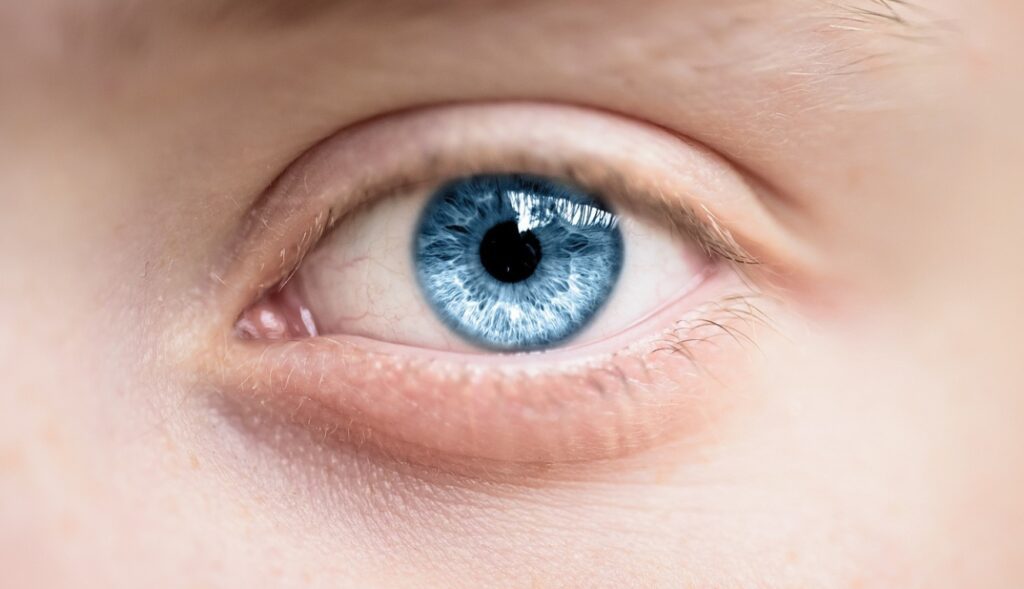
How can I improve my vision naturally?
Adopting healthy routines and consuming specific nutrients is one way to naturally improve your vision.
Some effective methods include:
Essential minerals and vitamins:
Vitamins A, C, and E’s antioxidants, zinc, support eye health and prevent macular degeneration.
Incorporate vivid natural products like strawberries and citrus, vegetables like spinach, red peppers, and carrots, and omega-3-rich food sources like salmon and flaxseed.
Carotenoids:
Lutein and zeaxanthin are carotenoids tracked down in the retina. By absorbing ultraviolet and blue light and increasing pigment density, they shield the macula.
Sources incorporate salad greens, broccoli, zucchini, and eggs. You can likewise take supplements.
Keep fit:
Exercise and keeping a solid weight benefit both your waistline and your eyes.
To avoid conditions like diabetic retinopathy, control your weight and blood sugar levels.4. Oversee persistent circumstances:
High pulses and different illnesses can influence vision because of ongoing irritation.
Prioritize a heart-sound eating routine, exercise, and prescriptions to keep up with general wellbeing.
Make sure to safeguard your eyes from harm, rest them during the day, and look for proficient guidance if you notice changes in your vision.
What are some eye exercises to improve vision?
While there isn’t significant logical proof that eye practices generally further develop vision, certain activities can assist with explicit circumstances and lessen computerized eye strain.
Try these a few times:
Palming:
Put your palms on your cheekbones and close your eyes.
Cup your hands over each eye and inhale profoundly for five minutes to loosen up eye muscles and decrease exhaustion.
Blinking:
Consciously squint to reestablish the tear film.
Blinking activates the oil glands in the eyelids, thereby preventing dryness.
Hold your eyes closed for two seconds before opening them, squeezing your eyelids tightly to get more stimulation.
Pencil Push-ups:
While you are wearing your near vision correction, keep a pencil at arm’s length.
Concentrate on the eraser’s tip or any letter that can be read.
Move the pencil slowly toward your nose while maintaining a single, clear focus.
Keep in mind, consistency matters. Although these exercises may not produce immediate results, consistent practice can gradually improve focus and reduce eye strain. In the event that you have explicit worries, counsel an eye specialist for customized direction.
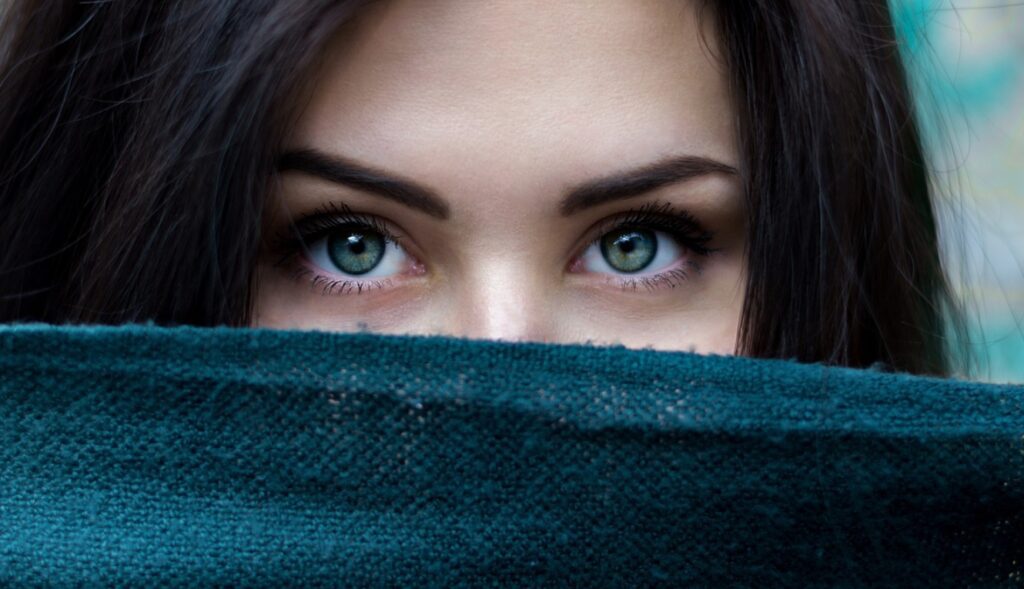
How might I further develop my rest quality, assuming I work night shifts?
Albeit working night movements can without a doubt upset your dozing designs, there are ways of working on the nature of your rest.
Some suggestions:
Make Your Space Sleep-Friendly:
Adopt a bedroom-like attitude in your work area. Keep it dull, calm, and agreeable.
If you take naps every day, make sure your breaks are peaceful.
Enjoy Normal Reprieves:
Everyone is entitled to a break! Take a break from work from time to time to recharge.
Short breaks can battle weakness and further develop readiness.
Eat well and drink enough water:
Drink enough water all through your shift.
Opt for adjusted dinners to keep up with energy levels.
Remain Dynamic:
Physical action manages rest designs.
Incorporate light activity during breaks or before your shift.
Limit alcohol and caffeine:
Avoid having trouble sleeping by drinking less caffeine during your shift.
Be aware of liquor utilization, as it can influence restaurant quality.
How can I prevent digital eye strain while working on a computer?
Follow these straightforward guidelines to avoid digital eye strain when working at a computer:
Comply with the 20-20-20 Rule:
Every 20 minutes, take a 20-second break and focus on something at least 20 feet away.
This decreases eye strain.
Appropriate Lighting:
Ensure your work area is sufficiently bright, and limit screen brightness by situating your screen accurately.
Change Show Settings:
Change the text dimension, differentiation, and splendor of the screen to make the text as simple to peruse as could really be expected.
Ergonomic work area:
Make an ergonomic work area with a level, customizable seat and screen to ease neck and shoulder strain. Make a point to squint reliably and use fake tears if your eyes feel dry.
Enjoying reprieves and upgrading your current circumstances can essentially work on your advanced insight!
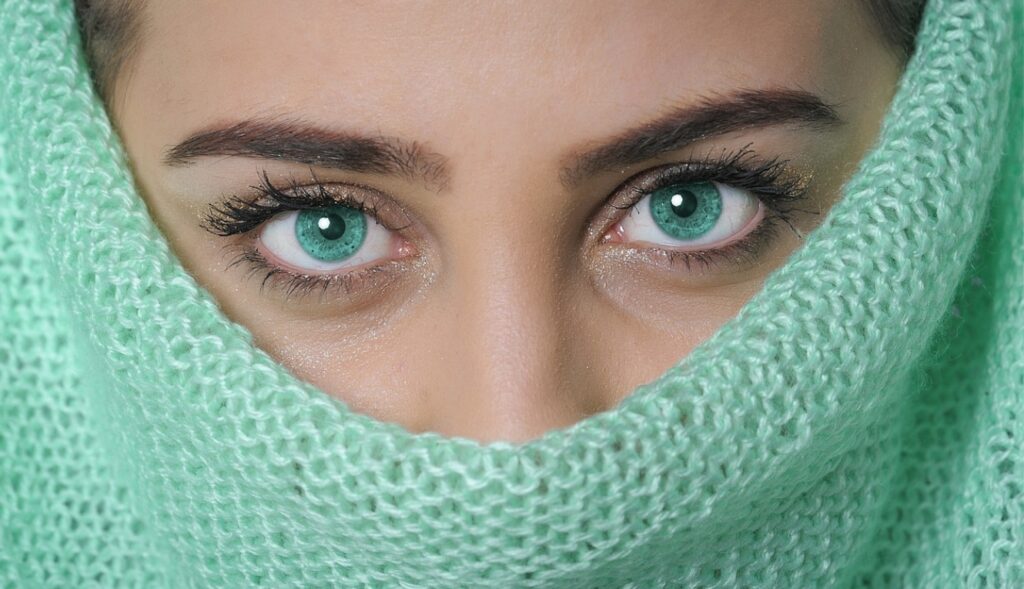
Let me know more about blue light glasses.
Blue-light glasses are made to eliminate the unsafe impacts of blue light from computerized screens and different sources.
This is the thing you want to be aware of:
Blue Light Glasses:
What are they?
Blue light glasses, otherwise called blue light impeding glasses, have focal points with coatings or colors that channel out a part of blue light.
They reduce the amount of blue light that reaches your eyes while allowing other wavelengths of light to pass through.
Why are blue-light glasses required?
Eye strain, dry eyes, headaches, and disrupted sleep patterns can result from prolonged exposure to blue light from screens (such as smartphones, tablets, and computers).
Blue light glasses block or reflect blue light to alleviate these symptoms.
Choosing Glasses for Blue Light:
Try to find frames that are comfortable, fit well, and let you see clearly.
Consider lightweight choices, assuming you’ll be wearing them for extended periods.
Well known blue-light glasses:
Felix Dark Jemison offers amazing lucidity and solace.
Benicci Classy: Lightweight and slick plan.
Warby Parker Thurston: Extraordinary for remedy wearers.
Peepers Beam On: Viable for cerebral pains.
Why do you need blue-light glasses?
Blue-light glasses are made to reduce digital eye strain brought on by prolonged use of blue light-emitting screens. Blue light, which has a more limited frequency and higher energy, can influence the retina and add to phototoxicity.
While research on blue-impeding focal points hasn’t shown critical vision improvement or rest quality advantages, you can forestall eye fatigue by enjoying reprieves during screen time and utilizing fake tears when your eyes feel dry. Thus, as opposed to putting resources into blue-light glasses, consider checking your screen time and pursuing eye-accommodating routines!
Tell me more about blurry light and its effects on eyes
Blue light, which is essential for the noticeable light range, has the most brief frequency and most elevated energy.
Screens (such as mobile phones, tablets, and personal computers) and fictitious sources (such as Drove televisions and bright lights) transmit it.
How it affects our eyes and health is as follows:
Cell Damage to the Retina:
Because it is difficult for our eyes to block blue light, almost all of it reaches our retinas.
Long-term openness might harm retinal cells and add to conditions like age-related macular degeneration, cataracts, and eye disease.
Rest Disturbance:
Exposure to blue light before sleep time influences melatonin creation, disturbing rest designs.
This can prompt medical problems like diabetes, cardiovascular infections, and mental breakdown.
Symptoms and Eye Strain:
Constant screen openness adds to computerized eye strain.
Common side effects include migraines, obscured vision, and neck and shoulder torment. Make sure to enjoy reprieves, safeguard your eyes, and think about blue light glasses in the event that you’re often presented with screens.
Tell me more about the impact of blue light on sleep quality.
Blue light, which is emanated by screens, counterfeit lights, and the sun, can, on a very basic level, impact our rest quality.
How to do it:
Melatonin Concealment:
Blue light stifles melatonin, the other chemical.
Being presented with a blue light prior to hitting the sack can make it hard to nod off, make your rest less great, and make you tired the following day.
Circadian Rhythms Aggravation:
Man-made blue light disrupts our natural cycles of sleep and wakefulness.
It fools our cerebrum into believing it’s still daytime, obstructing our capacity to slow down and rest.
Moderating Blue Light Impacts:
Limit screen time, particularly before bed.
Utilize devices with blue light filters and dim lights at night to reduce exposure to blue light.
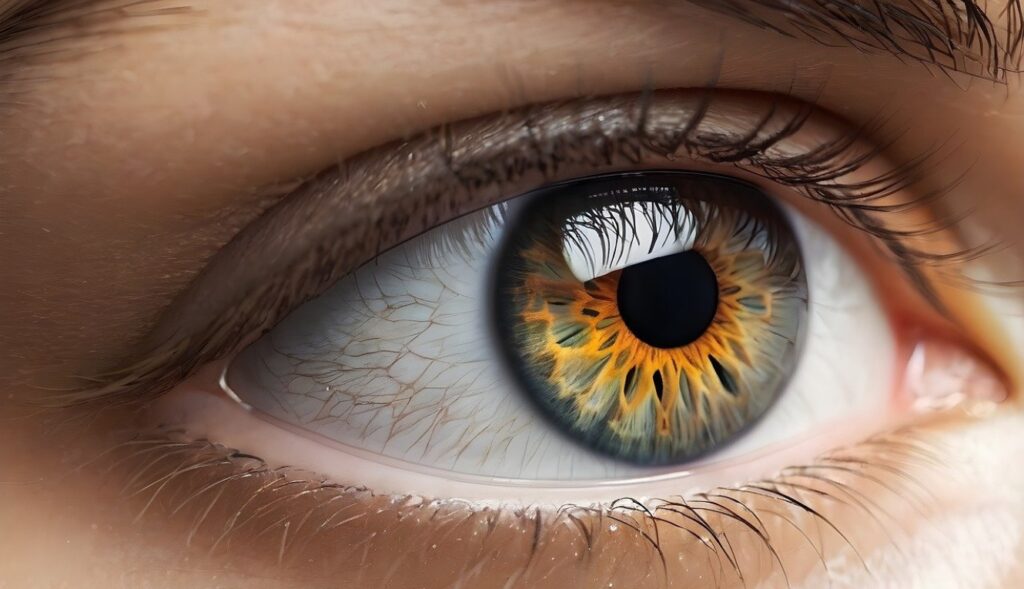
How can I improve my sleeping habits?
For better sleeping habits, consider the following:
Regular sleeping hours:
Go to bed and awaken simultaneously and consistently, even at the end of the week.
Consistency directs your body’s inside clock.
Make your bedtime routine comfortable:
Wind down before lying down with quieting exercises like perusing, delicately extending, or paying attention to alleviating music.
Don’t use your phone, tablet, or television until at least an hour before you go to bed.
Agreeable Rest Climate:
Make an investment in a soft mattress and pillows.
Keep your room dull, calm, and cool for ideal rest.
Limit alcohol and caffeine.
Avoid caffeine (espresso, tea, caffeinated drinks) near sleep time.
Limit liquor admission, as it disturbs rest cycles.
Active work:
Regular practice advances better rest.
Aim for something like 30 minutes of moderate movement most days.
Control your diet:
Avoid weighty feasts before sleep time.
Opt for light bites if necessary.
Oversee Pressure:
Practice unwinding methods like profound breathing or reflection.
Clear your mind by writing down your worries.
Keep in mind, great rest and cleanliness add to by and large prosperity. Best wishes!
Conclusion Eye and vision
Conclusion:
We can see and decipher visual data from our general surroundings because of the eye and vision framework, a surprising and complicated part of the human body. Understanding the anatomy, physiology, and functions of the eye is necessary to appreciate the complexity and beauty of this essential sense.
By finding out about the eye and vision, we can:
Value the significance of normal eye tests and legitimate eye care
Comprehend and oversee vision issues and illnesses
Come up with novel methods and technologies to improve eye health and vision.
Upgrade our personal satisfaction through better vision and eye wellbeing
Keep in mind, vision is a valuable gift, and dealing with our eyes and vision is fundamental for a long period of clear sight and understanding.
Resources:
Public Eye Organization (NEI)
American Foundation of Ophthalmology (AAO)
American Optometric Association (AOA)
Health of the Eyes and Vision
World Health Organization (WHO) Keep an eye out for your eyes, take good care of them, and remember how lucky you are to have them!
Frequently Asked Questions (FAQs): Eye and Vidon.
Q: How regularly could it be smart for me to get my eyes examined?
A: On the off chance that you have no vision issues, each for a few years, or consistently assume you have diabetes, hypertension, or a family background of eye issues.
What precisely is 20/20 vision?
20/20 vision is typical visual keenness, meaning you can see clearly a good distance off of 20 feet that an ordinary natural eye can see at 20 feet.
Q: What is astigmatism (nearsightedness)?
A: A refractive mistake where close items are seen plainly, yet far off objects seem foggy.
Q: What is hyperopia (farsightedness)?
A refractive blunder where far off objects are obviously seen, yet close items seem hazy.
Q: What is astigmatism?
A refractive error is a shape change in the cornea or lens that blurs vision at all distances.
What exactly is presbyopia?
A condition caused by getting older in which the lens becomes less flexible, making it harder to focus on close objects.
Q: What are waterfalls?
A: An obfuscating of the focal point that influences vision, frequently brought about by maturing or injury.
What exactly is glaucoma?
A: A condition that influences the macula, the piece of the retina liable for focal vision, frequently causing visual impairment in more seasoned adults.
Q: How might I shield my eyes from blue light?
Use software, apps, or glasses that block blue light, and limit screen time, especially before bed.
Is it possible to avoid eye diseases?
Indeed, by keeping a solid way of life, getting customary eye tests, and safeguarding your eyes from injury and UV radiation,.